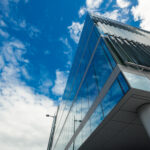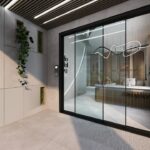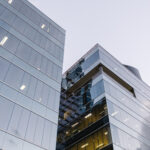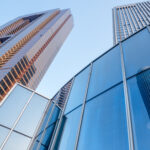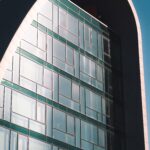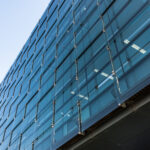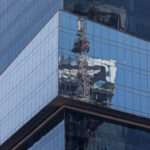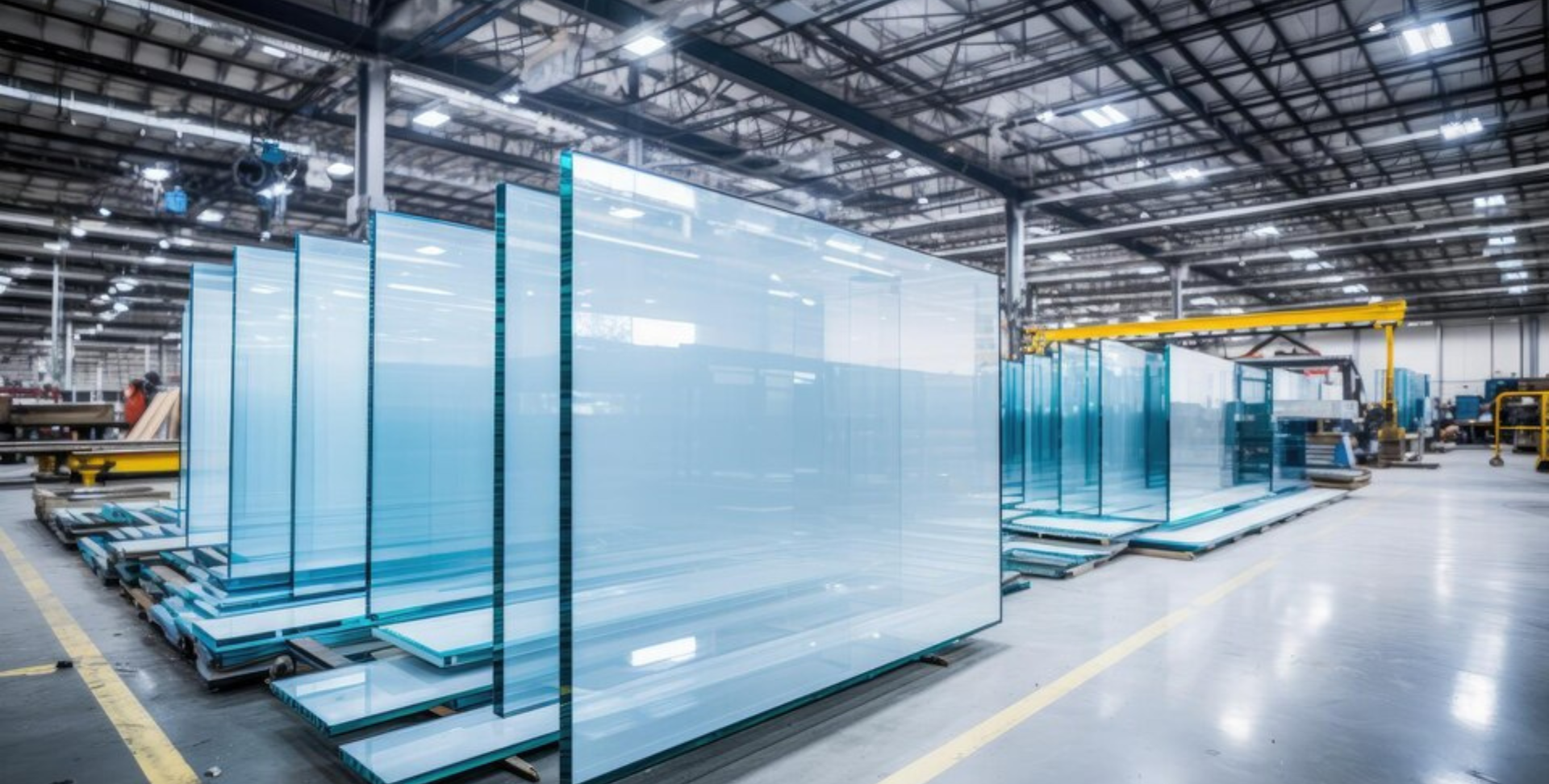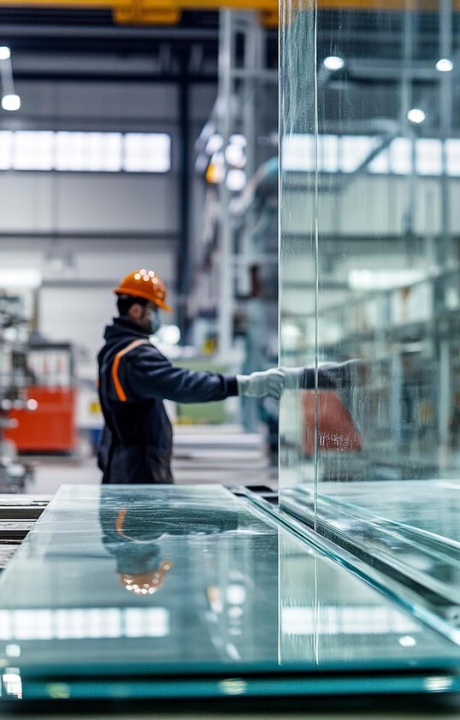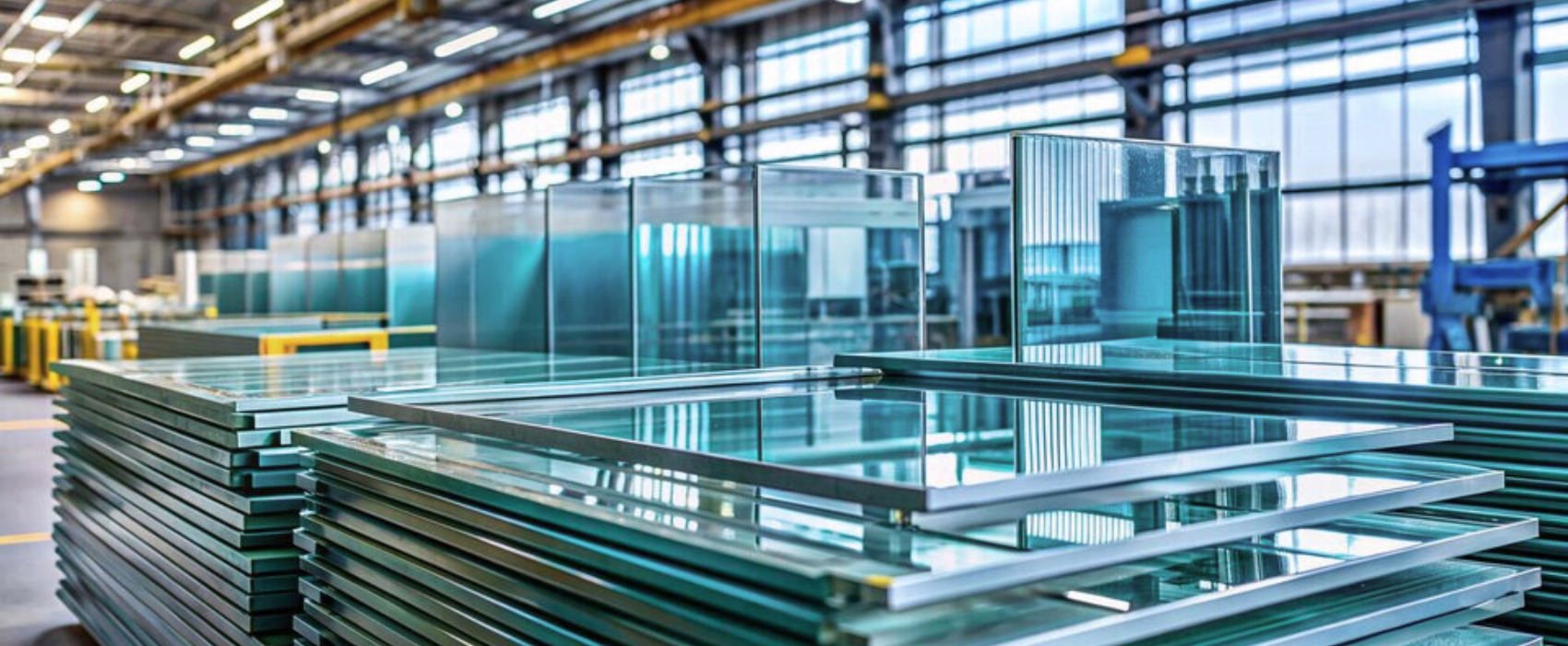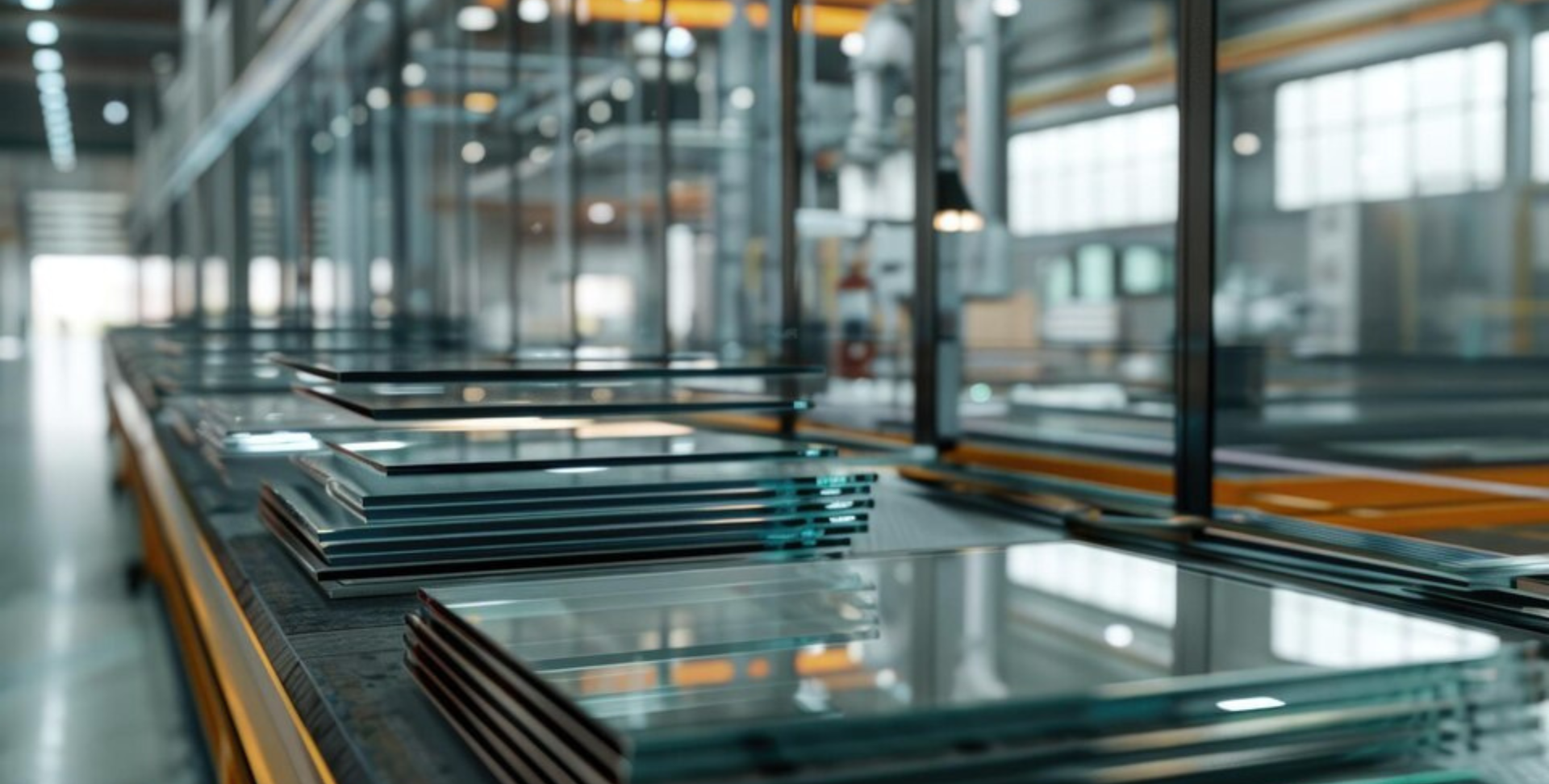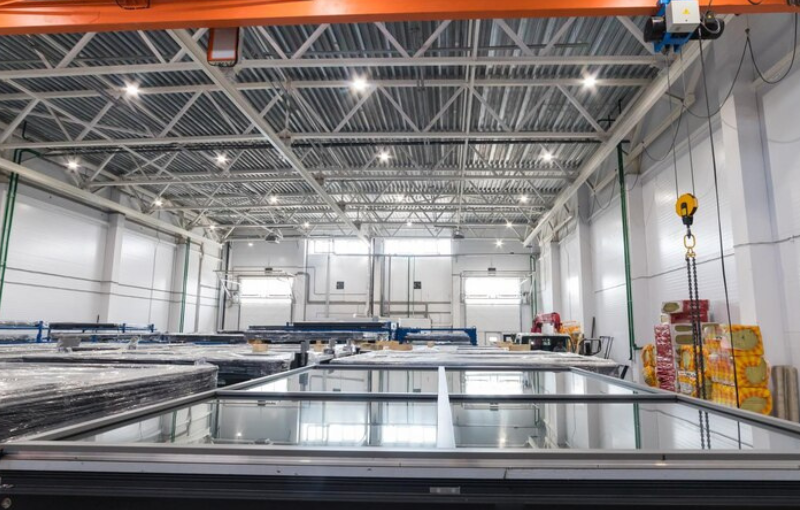Safety glass technology represents one of the most significant innovations in architectural materials, silently protecting us in countless applications while remaining largely unnoticed in our daily lives.
The development of modern safety glass has transformed everything from automotive design to building construction by providing crucial protection without sacrificing visual clarity or design aesthetics. Unlike standard glass that shatters into dangerous shards when broken, today’s engineered safety solutions—whether tempered, laminated, or a combination of both—are designed to fail safely, either by breaking into small, rounded pieces or by holding fragments together with interlayer materials. This fundamental difference has saved countless lives and prevented injuries while enabling architects and designers to use glass more extensively and creatively than ever before.
“The true genius of safety glass lies in its invisible protection—it performs its critical safety function only when needed, while remaining visually identical to standard glass in everyday use.” — Journal of Architectural Materials Science
Engineering for Impact Resistance
The process of creating safety glass involves sophisticated engineering that transforms the molecular structure and physical properties of standard glass. Tempering subjects glass to extreme heat followed by rapid cooling, creating a compressed outer layer that dramatically increases impact resistance while ensuring the glass breaks into small, relatively harmless pieces when its strength limits are exceeded. Laminated glass takes a different approach, bonding multiple layers of glass with tough polymer interlayers that hold fragments in place even after breakage. The most advanced safety solutions combine these technologies with additional treatments like chemical strengthening or incorporate multiple interlayers for enhanced performance in extreme conditions.
These engineered solutions have expanded beyond basic safety to address specialized needs, including bullet resistance, blast mitigation, and hurricane protection. Modern laminated safety glass can even incorporate acoustic dampening layers that reduce sound transmission without compromising safety performance. The continuous innovation in this field has enabled increasingly ambitious architectural applications, from structural glass floors to expansive facades in high-risk environments, all while maintaining the paramount focus on human safety.

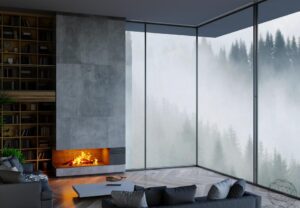
The invisible science behind safety glass represents a perfect marriage of materials engineering and practical application, allowing designers to create spaces that feel open and transparent while providing robust protection against both everyday accidents and extraordinary threats. As building codes continue to evolve and public safety expectations increase, the technologies behind safety glass will undoubtedly continue to advance, further expanding the possibilities for safe, beautiful, and functional glass applications in our built environment.

